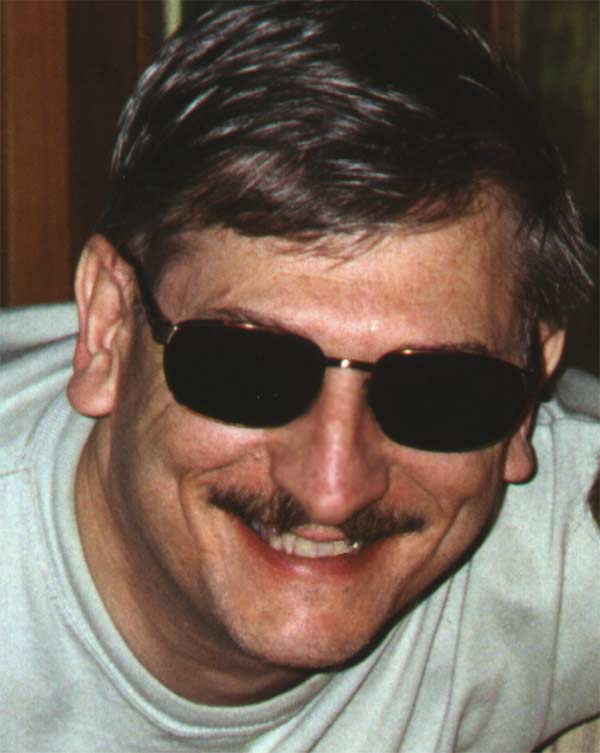|
Propeller Terminology
Blade Centre Axis (BCA)- Reference line to indicate propeller
rake.
Blade Centre Line (BCL)- Reference line that intersects each
cylindrical section at the midpoint of the blade section width.
Indicates propeller skew.
Blade Numbering-Blade located at the position of the keyway is
identified as Blade 1, the next blade in rotation is Blade2,
etc.
Blade Sections-Referred to as Cylindrical Sections. Hub & fillet
area make up approximately the first 20-30% of the sections.
Blade Section Length-Same as blade width.
Blade Section Type-cross sectional shape of blade
Blade Thickness-Blade is thickest at the root for structural
integrity. Blade thickness is within each radial section where
the point of maximum thickness may not necessarily coincide with
the midpoint of the chord length.
Blade Camber-Curvature in the mean thickness line of the blade
section.
Blade Tip-Maximum reach of the blade from the centre of the hub.
Separates the leading and trailing edges.
Blade Thickness Fraction (BTF)-Maximum blade design thickness as
extended to the propeller centre line/diameter.
Blade Face (Pressure Side or Pitch Side)-Side of the blade
facing you when viewing from the boat's aft.
Blade Back (Suction Side)-Side of the blade facing away from you
when viewing from the boat's aft.
Blade Root (Fillet area)-Area where the blade attaches to the
hub.
Cavitation-water vaporizing due to decrease in pressure on the
forward (suction) side of the propeller blade.
Cup-Small radius or curvature located at the trailing edge of
blade. Helps reduce or delay cavitation, reduce slip.
Developed Area Ratio (DAR)-Similar to Projected Area Ratio if
pitch were zero.
Diameter-The diameter of the circle
scribed by the blade tips as the propeller rotates.
Disc Area-Area of the circle scribed by propeller blade tips
Expanded Area Ratio (EAR)-Similar to Developed Area Ratio with
sections "unwrapped" from hub. Largest area ratio.
Hub-Solid cylinder located at the centre of the propeller.
Keyway-Slender rectangular slot broached into the interior of
the hub to secure propeller to the shaft and prevent rotational
slipping on the shaft.
Leading Edge (LE)-Edge of the blade that first cuts the water.
Pitch-The linear distance that the propeller would move in one
complete revolution through a solid medium not allowing for
slip.
Types of pitch:
-
- Constant (fixed) pitch - pitch is equal at each radius
-
- Progressive pitch - pitch increases radially from Leading Edge
to Trailing Edge.
-
- Regressive pitch - pitch decreases radially from Leading Edge
to Trailing Edge.
-
- Variable pitch - pitch is different at each radius
-
- Adjustable pitch - blade angle is mechanically varied
Pitch Angle-Angle of the pressure face along the pitch line with
respect to the rotation plane (degrees).
Pitch Line- Line that passes through the Leading Edge and
Trailing Edge of a blade, used as reference for pitch angle.
Projected Area Ratio (PAR)-Area of projected outline of
propeller divided by disc area. Smallest area ratio.
Propeller Centre Line (PCL)- Reference line passing through hub
centre on the axis of propeller rotation.
Propeller Centre Axis (PCA)- Reference line that locates the
blade on the hub. Perpendicular to the Propeller Centre Line
(PCL).
Rake-Propeller blade slants forward or aft from the Blade Centre
Axis (BCA). Positive rake-blade slants towards aft end of the
hub. Negative rake-blade slants towards forward end of the
hub.
Rotation-Right hand propeller rotates clockwise when viewed from
aft facing forward. Left hand propeller rotates counter
clockwise when viewed from aft facing forward.
Skew-Blade Centre Line is curvilinear sweeping back from the
direction of rotation. Blade is not radially symmetrical about
blade centre axis.
Singing-high-pitched noise, typically a clear harmonic tone much
like a humming or ringing wine glass.
Slip-Difference between the theoretical distance the propeller
should travel in one revolution and the actual distance the
vessel travels.
Track-Measurement of axial position of all blades with respect
to each other.
Trailing Edge (TE)-Edge from which the water exits the blade.
Ventilation-air from the water surface or exhaust gases being
drawn into the propeller blades, causing propeller to over rev
and lose thrust.
|

